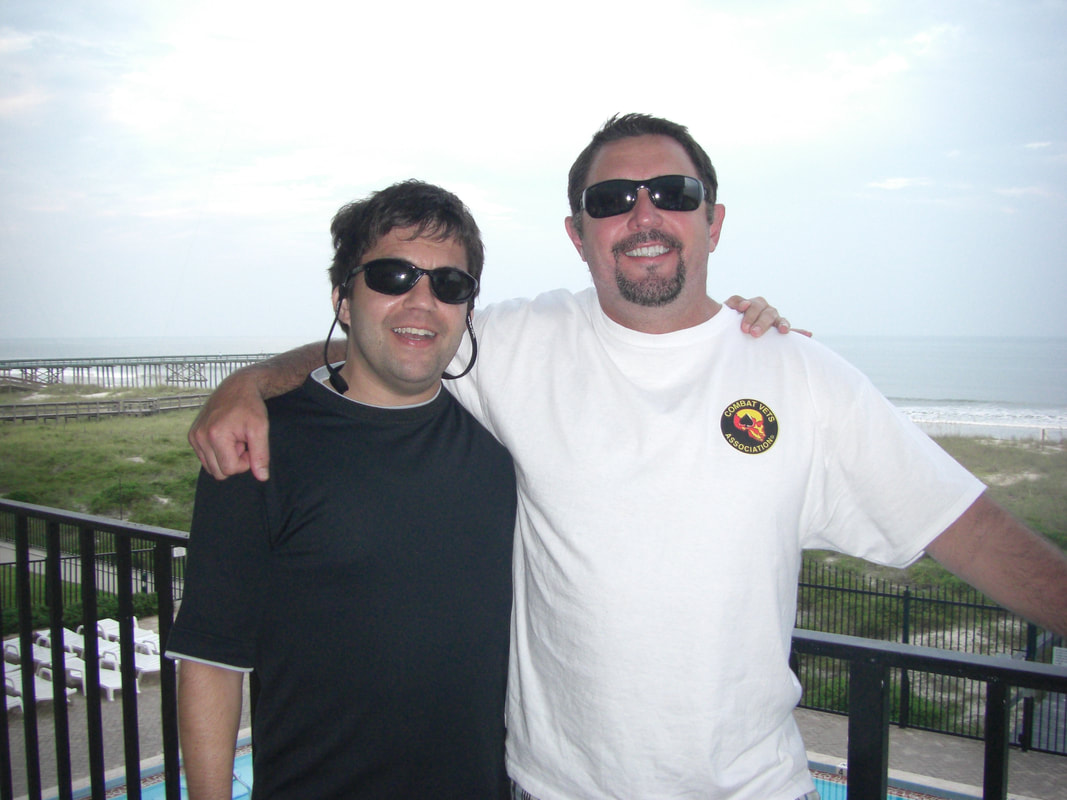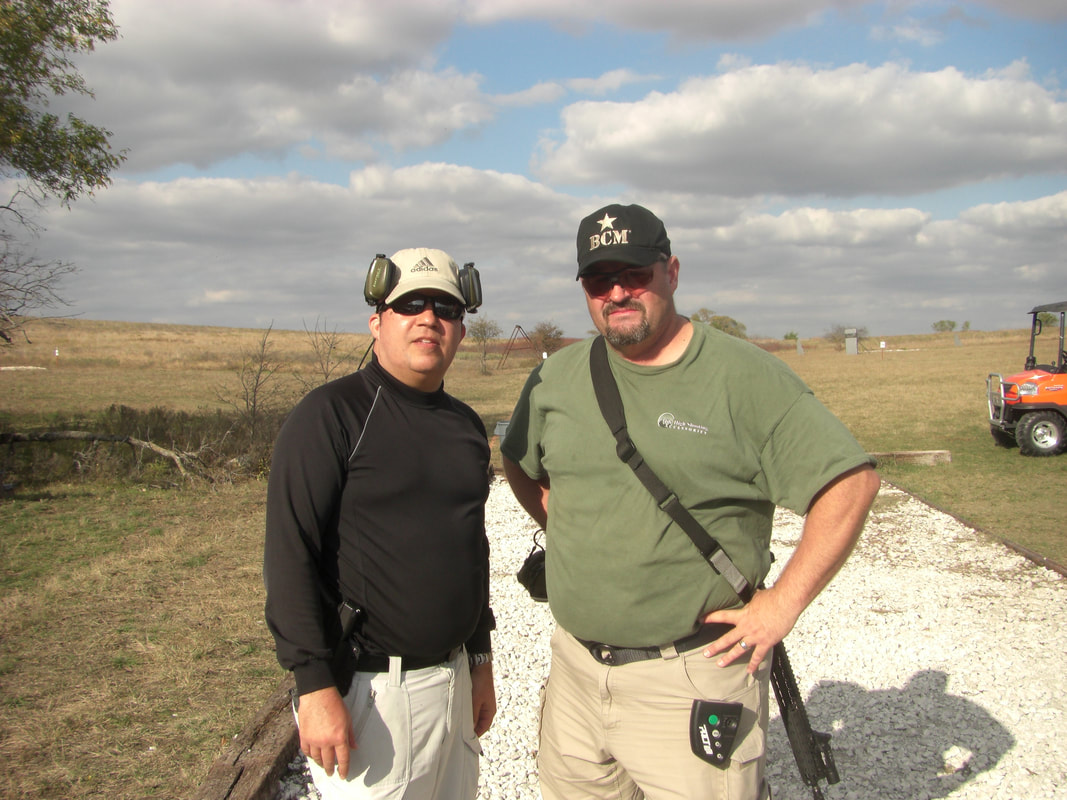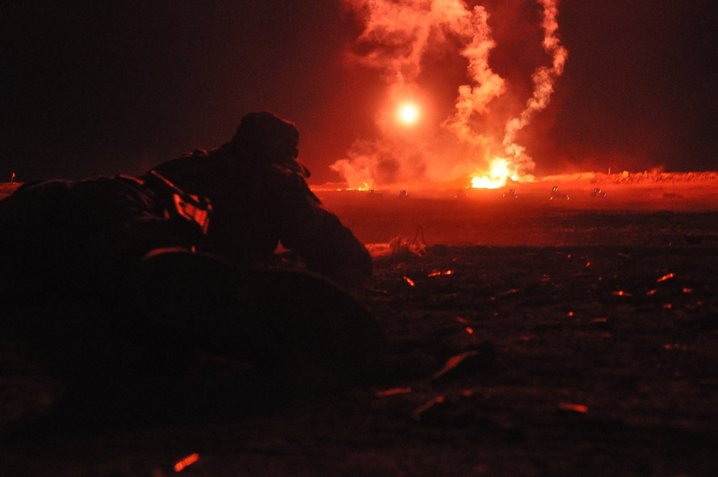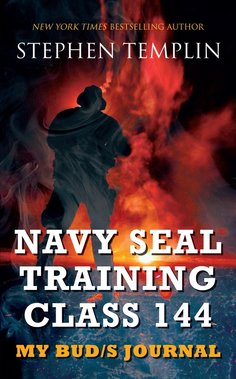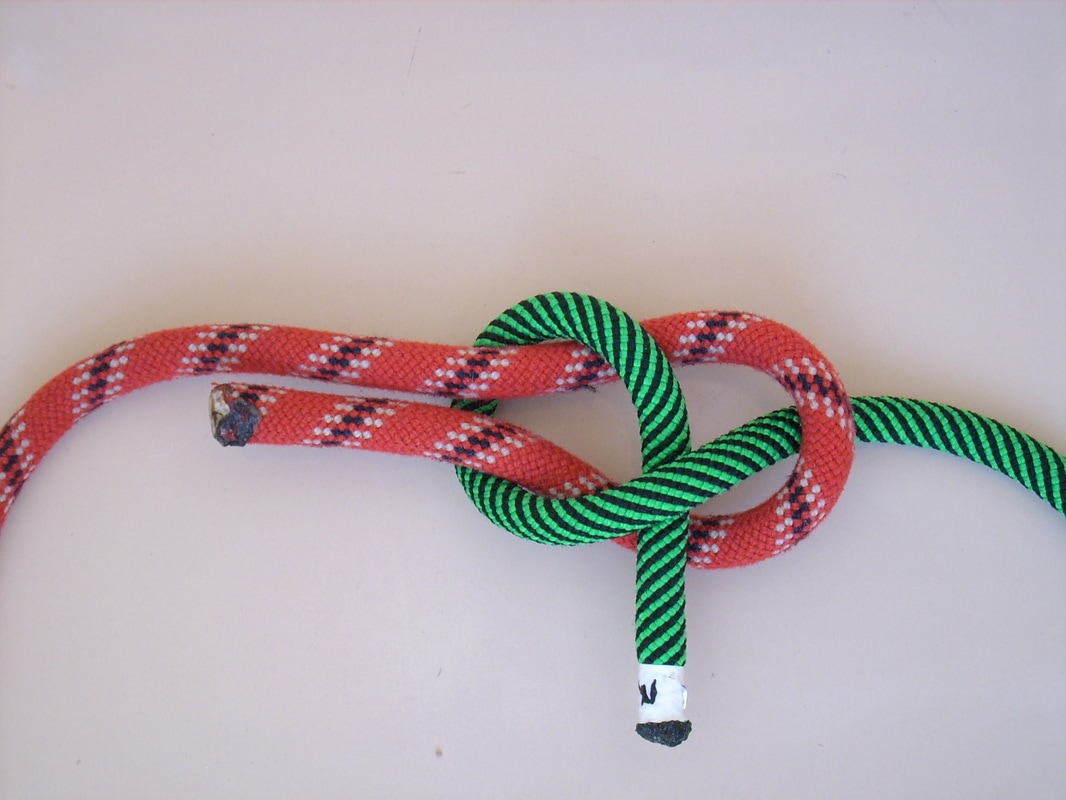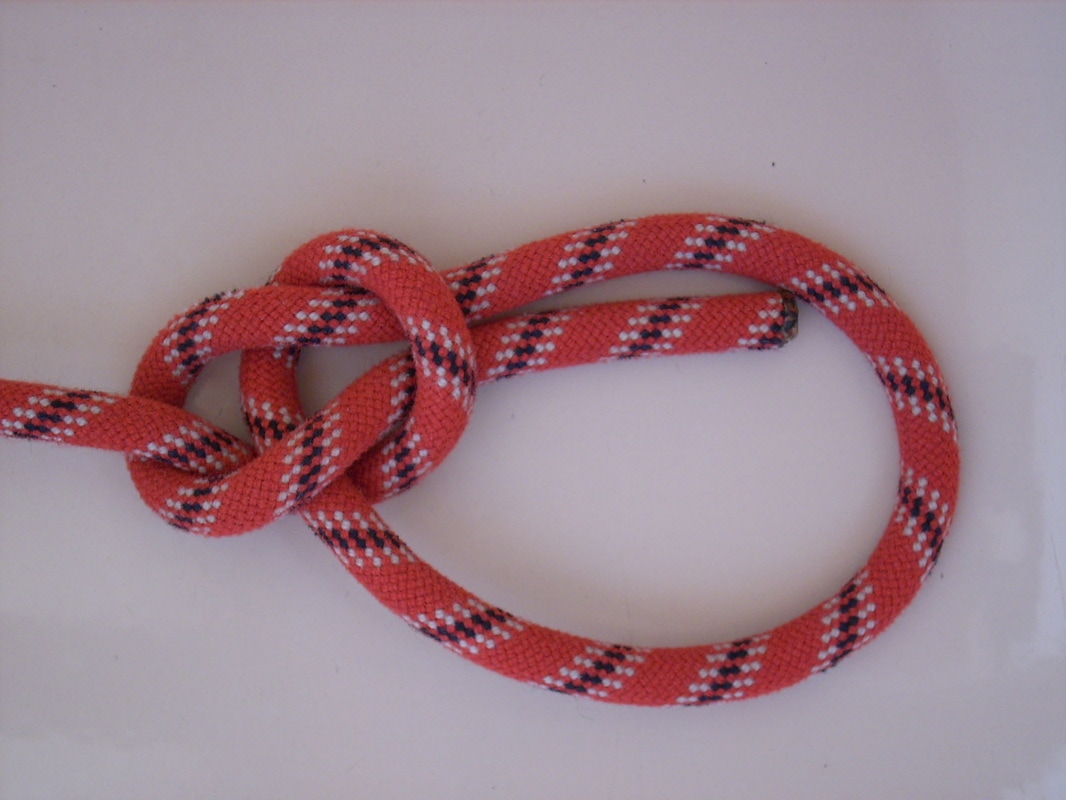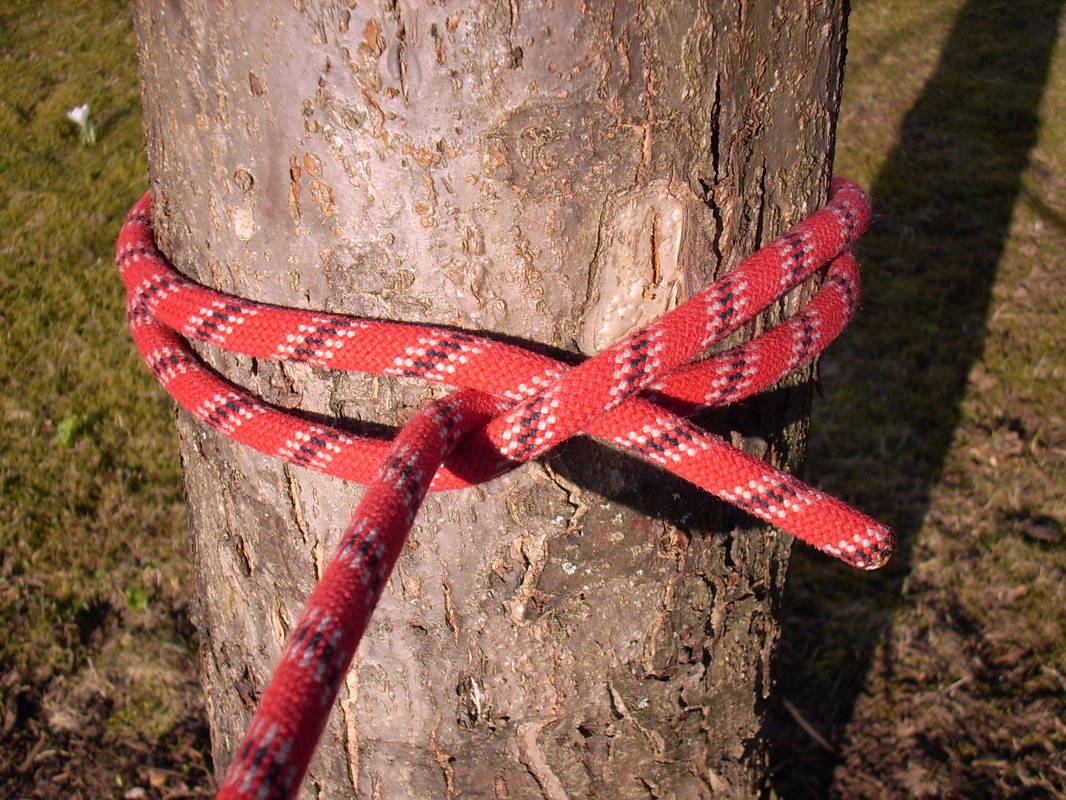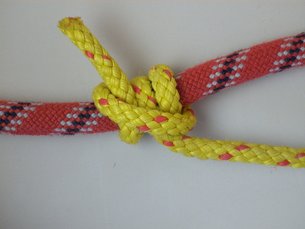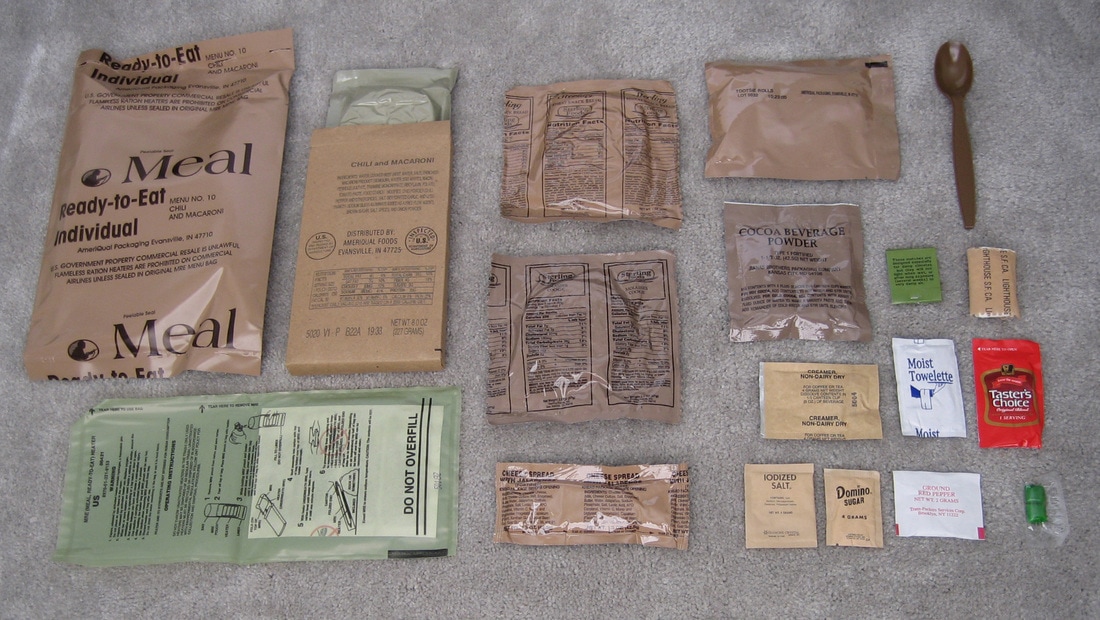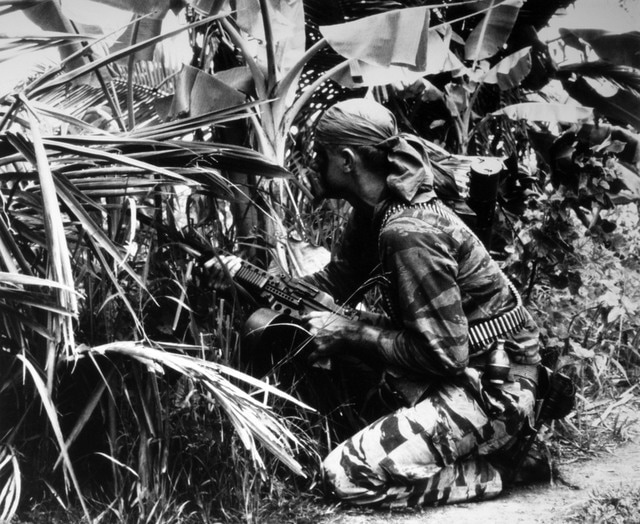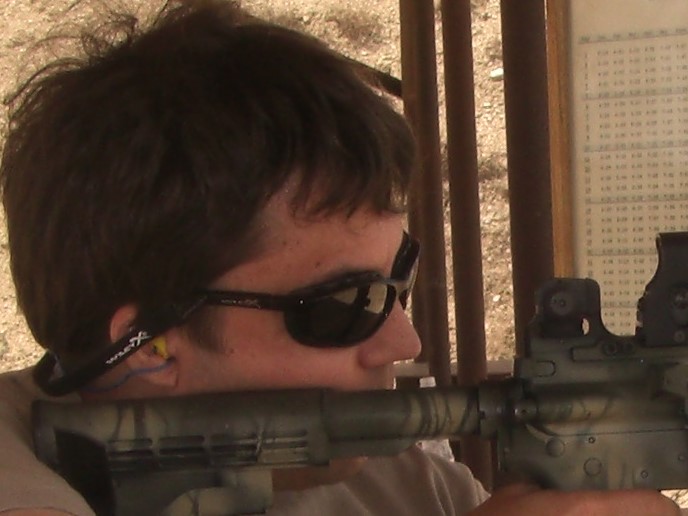|
I’m shocked and saddened that my buddy Howard Wasdin suddenly died in a plane crash. We first met in Basic Underwater Demolition/SEAL Training Class 143. There we worked our hearts out on the sand and in the surf. After one particularly tough day of training, Howard came by and asked, “Who wants to go with me for a run on the beach?” I thought he was nuts, Haven’t you had enough for the day? What seemed even nuttier to me was the guys who went running with him. Even so, I was still a teenager, and he was older than me, and I looked up to him. We became friends and on Sundays went to church together. I got injured, had to heal, and rolled back to Class 144. I completed Hell Week and most of Land Warfare Phase before I dropped out.
Howard graduated with Class 143 and became a sniper in SEAL Team Six and in 1993 fought in the Battle of Mogadishu (Blackhawk Down). After that hellish fight, he ended up naked on an aircraft runway with bullet holes in both legs, his right leg nearly blown off by an AK-47 bullet. After a medevac to Germany, the doctors said he’d never walk again, but he did. They said he’d never run again, but he did—not too much—he hated running. Howard was awarded the Silver Star, Purple Heart and other medals. Years later, we reunited and wrote his biography, SEAL Team Six: Memoirs of an Elite Navy SEAL Sniper. It didn’t seem the best of timing to write a book: he was finishing his Doctorate of Chiropractic and opening his chiropractic clinic, and I was finishing my PhD in Education. (Both of us agreed that earning our doctorates was tougher than completing Navy SEAL Hell Week.) I enjoyed hearing his stories, and it was therapeutic for him to talk about the horrors he’d experienced. He bravely dug up things he thought he’d buried long ago. We hung out and laughed on San Fernandina Beach, Florida, where he and his wife, Debbie, owned a condo. Howard and I jumped up and down in the surf zone and summer sunshine like two little kids. When our book became a New York Times bestseller for 22 weeks, we became little kids again. We wrote two fiction books together, too. Two days ago, Howard and I exchanged emails, wishing each other a blessed Easter. And today, Thursday, April 6th, 2023, he’s gone. I’ll forever treasure our friendship, tough times and good times together. I hope to see him again on the other side. I pray for the Lord to comfort Debbie, their son Blake, daughters Rachel and Eryn, cousin Greg, other family, friends and patients—and Wayne County, Georgia. Requiescat in pace What if we stole the bell before Hell Week? When a Basic Underwater Demolition/ SEAL (BUD/S) trainee has had enough, he is supposed to ring a bell to signal he’s quitting. More students drop out of training during Hell Week than any other time, but my class was determined not to lose a single classmate during the infamous week.
In our barracks on the beach of Coronado, California, our class met in the lounge, and we hatched a plan to steal the bell. We elected one of our ninjas to do the deed, and then he was to hand it off to the guy voted least likely to quit Hell Week, who would stash it somewhere and not tell a soul where it was. We were always looking for a competitive edge—playing the game in a way that favored us. It was important to think ahead as to what the consequences of such actions might be, but it was also important to play the game with guts. That evening, some of us slept while others remained awake in their beds. Wearing my Battle Dress Uniform (BDUs) and combat boots in preparation for Hell Week, I slept soundly in my rack. I awoke to the sound of a metal click in the head (restroom). My room was black, except for the sudden flash of an M60 machine gun blasting from inside the head. The noise assaulted my ears. I saw my classmates crawling out the door, so I crawled out with them. “Move, move, move!” an instructor yelled. Outside on the grinder (an asphalt area used for exercise, drills, and other activities), artillery simulators exploded in the night air—an incoming shriek followed by a boom. More machine guns rattled off, a fog machine pumped a blanket of mist over the ground, and green ChemLights decorated the outer perimeter. Then water hoses sprayed us as a swarm of instructors descended. An instructor blew his whistle. Tweet—whistle drill. We dove to the ground, crossed our legs, covered our ears with our hands, and opened our mouths as if preparing for an explosion to ensure legs wouldn’t be torn off and our ears wouldn’t rupture. I could smell cordite in the air. I loved the odor. To me, it smelled like excitement. This was Breakout, the beginning of Hell Week. Tweet, tweet. We low-crawled to the sound of the whistle. Tweet, tweet, tweet. We stood up. The whistle drills continued between the explosions and the chatter of machine guns. Each time the whistle blew twice I crawled toward the sound, the asphalt rubbing the skin off my knees and elbows. Of the three whistle sounds, I quickly learned to hate the double tweet more than a single or triple. Finally the whistle blew three times and we stood up. Instructor Blah stood on a platform, calmly speaking into the bullhorn. “Get in formation!” We hurried into a formation of boat crews. “On your backs! On your feet! On your stomachs!” The commands were too fast, nearly impossible to follow. “You people are not working together! Drop and push ’em out!” We did push-ups. “Give me a muster, Mr. Mark,” Instructor Blah said. The artillery simulators and machine guns filled the air with thunder. “Boat leaders report!” shouted our class officer, Mr. Mark. With the sounds of the shooting, artillery, and screaming, it was challenging for us to communicate. My boat crew and I counted off and reported to our boat leader. He and the other boat leaders reported to Mr. Mark. “All present, sir!” “Any day now, Mr. Mark,” Instructor Blah said. “All present…” Mr. Mark reported. Instructor Blah raised his eyebrows. “All present?” “Yes. All present, Instructor Blah.” “Drop!” Blah said in the megaphone. We all dropped to the push-up position. “You people have given me a false muster!” Instructor Blah’s voice kept the same monotone. “One of your men is missing!” Not moving from the push-up position, Mr. Mark said, “Boat leaders, give me a muster!” The explosions and machine gun fire became louder. Maintaining the pushup position, my boat leader walked on his hands to each of us to make sure all of us were present. One of the other boat crew leaders reported, “Seaman Nelson is missing, sir!” Mr. Mark reported, “Seaman Nelson is missing, Instructor Blah.” “First you told me, all present! Now you tell me, Seaman Nelson is missing! Which is it?” “Seaman Nelson is missing, sir!” Ensign Mark said. Three instructors brought out Seaman Nelson, took off his blindfold, gag, and plasticuffs. Seaman Nelson returned to his boat crew. “The instructors kidnapped me,” he said. In all the noise and confusion of Breakout, no one had noticed he’d been missing. Instructor Blah calmly said, “No SEAL has ever been kept as a prisoner of war. But you left Seaman Nelson behind, didn’t you? Push ’em out!” We did push-ups until our arms gave out. Then we did calisthenics. During the jumping jacks, the Senior Chief SEAL sprayed a water hose inches from my face, directly up my nose. I counted off as best I could. “One, two, three, one! One, two, three, two!” My words became more and more gargled, and I gagged a couple of times. I was happy to be out of the push-up position and delighted not to be doing whistle drills, but I hid my emotions. No pain, no joy. Eventually, Senior Chief became bored and moved on to harass someone else. Tweet. Prostrated body, crossed legs, covered ears, opened mouths. Tweet, tweet. Low-crawl. Tweet, tweet. Low-crawl. Our bloody knees and elbows dragged across the merciless blacktop. As we neared the beach, I sped up so I could crawl on the soft sand instead of the asphalt. When I realized where we were headed—the cold ocean—I slowed down, not in a hurry to get wet. I had to be careful not to go too slow and receive special attention from the instructors. Stay with the group. We moved farther and farther from the chaotic sounds of instructors shouting, machine guns shooting, and artillery shells exploding behind us. Most of the instructors had faded away, and only a handful remained. Hell Week had barely begun, and we already appeared ragged, like hunted animals scraping to survive. We crawled on our hands and knees until we eventually reached the water line. Instructor Blah held the megaphone up to his lips. “Prepare for surf torture!” “Hooyah!” we shouted in unison. I don’t know where the sudden burst of spirit came from, but it lifted us. We formed a line, facing the instructors, and we locked arms. “You have something that belongs to the instructors, and we want it back!” Instructor Blah said. At that moment, we were the proudest we’d ever been as a class. The instructors thought they could break us, but we believed they couldn’t. We were in control. We had something they wanted, and they weren’t going to get it. “Hooyah!” “Take three steps backwards and sit down!” “Hooyah!” Our voices shouted louder than ever. Arms locked, we sat down in frigid water up to our necks, but the water didn’t seem so cold. We were fighting back. “You give us the bell, and the instructors will take it easier on you! You don’t give us the bell, and this is going to be the worst Hell Week ever!” We remained defiant. “Hooyah!” Waves of water crashed over us. “You have stolen government property! That’s a federal offense!” The more Instructor Blah asked for the bell, the more our spirits shot into outer space. “Hooyah!” we called out, as if flipping our middle fingers. Some of us were laughing. “You will all end up in the brig if you don’t return our bell!” Sitting there in the water, my classmates and I responded by breaking out in song to the tune of “Take Me Out to the Ball Game.” Take me out to the surf zone, Take me out to the sea, Make me do push-ups and jumping jacks, I don’t care if I never get back, For it’s root, root, root for the SEAL Teams, If we don’t pass, it’s a shame, For it’s one, two, three rings you’re out Of the old BUD/S game! “Hooyah!” we shouted merrily. The instructors quietly conferred with one another as we sat in water up to our chests. Each successive wave hammered us, sapping the warmth from our bodies and push-pulling at our locked arms. Our butts scraped forward and back across broken seashells and rocks. We started to shiver, and our arms began to weaken. “If you quit now, you can have a blanket and a hot cup of cocoa…with marshmallows,” Instructor Blah said calmly in the megaphone. I retreated into my own private world of cold and pain. The hush among my classmates told me that they were doing the same. We shorter guys sat deeper in the water than the others. Petty Officer Lin, a Ranger veteran who’d fought in Grenada, who had completed half of Hell Week in an earlier class, shivered more than anyone. The waves began to break our human chain. Soon, most of us were separated. I knew this couldn’t go on forever. I knew the instructors had carefully calculated the air temperature, water temperature, and wind speed, so they knew the maximum amount of time they could expose us to the cold without killing us. Physically, I could survive this. I just had to endure the pain mentally. The instructors wanted their bell, and we weren’t going to give it to them. The battle of wills had only just begun... You can read the rest of my story here in Navy SEAL Training Class 144: My BUD/S Journal Where are your favorite places? In From Russia without Love, Chris and his crew hunt for a Russian spy in London.
WARNING: Do not try any of the activities described here on your own. Even with the supervision and guidance of active-duty SEAL instructors, serious injuries have resulted. Without this experienced supervision and guidance, permanent injuries and death can result. Wearing only our UDT shorts, my class climbed the outside stairs to the top of the fifty-foot dive tower and entered. Inside, I lowered myself into the warm water. The depth was fifty feet. I would have to dive down about fifteen feet and tie five knots: becket bend (sheet bend), bowline, clove hitch, rolling hitch (1), and square knot. These included some of the knots we would have to use for demolitions. For example, the becket bend and square knot can be used for splicing the end of det (detonating) cord. I learned most of the knots in Boy Scouts, and we practiced these at BUD/S, so I had no problem doing them, but this was the first time tying them at 15 feet underwater. We could tie one knot for each of five dives, but I thought that five dives would be too tiring. Or one dive with five knots—I didn’t think I had the lungs for that. Or any combination we wanted. I greeted the instructor, who wore SCUBA gear. “Respectfully request to tie the becket bend, bowline, and clove hitch.” He gave me the thumb down. I mirrored his thumb down, showing him that I understood. He gave me the sign again, and I did my combat descent fifteen feet below, where I had to tie into a trunk line secured to the walls. In Boy Scouts, I could tie the bowline with one hand in the dark, so I was able to tie it fast using both hands and my eyes open. Still underwater, I tied the other two. Then I gave the instructor the OK sign. He checked the knots and gave me the OK sign. I untied them and gave him the thumbs up. He acknowledged, pointing his thumb up—giving me permission to ascend. On my second dive, I tied the last of the two knots and gave the instructor the OK sign. He didn’t even seem to look at the knots, staring into my eyes. I saw he was going to give me trouble. I gave him the thumb up sign to ascend, but he just kept staring. The depth put pressure on my chest, and my body craved air. I knew what the instructor was looking for, and I wouldn’t give him the satisfaction. The SEAL instructors had taught me well. I can ascend myself, or when I pass out you can drag my body to the surface. Either way. He smiled and gave me the up signal before I even came close to passing out. I wanted to shoot to the top, but I couldn’t show panic. And shooting to the top isn’t very tactical. I ascended as slow as I could. Pass. Not all of my classmates were as lucky, but they would get a second chance. Note: Thanks to C. for taking time after Hell Week to update me on the knots. Any errors are my own. (Photos of becket bend, bowline, and clove hitch courtesy of Markus Barlocher. Square knot photo courtesy of Ben Frantz Dale.) Although MREs are officially Meals, Ready-to-Eat, they can cause constipation and are unofficially known as Meals Refusing to Exit.
US Navy SEALs' parachute team, the Leap Frogs, jump into the San Diego Padres' home opener. December 31, 1986, I arrived at the Naval Special Warfare Center in Coronado, California to begin BUD/S training. The place seemed to have died for the holidays, so I slipped in mostly unnoticed. I could've waited to report later, but I was too anxious. On Friday, January 2, 1987, SEAL Master Chief Rick Knepper helped my classmates and I off to a proper start. He looked like an ordinary guy in his forties, calmly leading us in calisthenics on the beach late in the afternoon—we grunted and groaned, but he didn’t seem to break a sweat. Some guys knew about his combat experience and some didn’t.
Rick Knepper served in Vietnam with SEAL Team One, Delta Platoon, 2nd Squad. Knepper’s squad thought they knew about Hon Toi, a large island in Nha Trang Bay. From a distance, the island looked like a big rock sitting in the ocean for birds to take a crap on. But two Viet Cong (VC), tired of fighting and being away from family, defected from the island—leaving a VC camp behind. Knepper’s squad of seven SEALs inserted into the island by boat under darkness—not even the moon shone. Never ones to take the easy way, 2nd Squad free-climbed a 350-foot cliff. After reaching the top, they lowered themselves into the VC camp. The seven-man squad split into two fire teams, taking off their boots and going barefoot to search for some high value targets (HVTs) to snatch. But the VC got the drop on Lieutenant (j.g.) Bob Kerrey’s fire team. A grenade landed at his feet and exploded, slamming him into the rocks and destroying the lower half of his leg. The lieutenant’s fire team fought back while he called in the other fire team, catching the VC in a deadly crossfire. One SEAL, a hospital corpsman, lost his eye. Four of the enemy tried to escape but the SEALs cut them down. Three VC stayed to fight—but didn’t live to fight again. One of the SEALs put a tourniquet on Lieutenant Kerrey’s leg. The squad snatched several VIPs along with three large bags of documents (some including a list of VC in the city), weapons, and other equipment. Lieutenant Kerrey continued to lead Rick Knepper and the others in his squad until they were evacuated. The intel they got from the documents and HVTs gave critical information to the allied forces in Vietnam. Lieutenant Bob Kerrey received the Medal of Honor and would later become a senator and governor of Nebraska. Although others still talk about that op, I never heard Master Chief Knepper talk about it or any other. He served as a mentor to my classmates and me. Without his taking us under his wing, we would’ve been left on our own until the rest of the guys arrived and our BUD/S class officially formed. And I was going to need all the help I could get. |
the pages turn themselves...To get your copy of From Russia without Love, you just need to tell me where to send it. Stephen Templin
Steve is a NYT & international bestselling author. And dark chocolate thief. Categories
All
|
